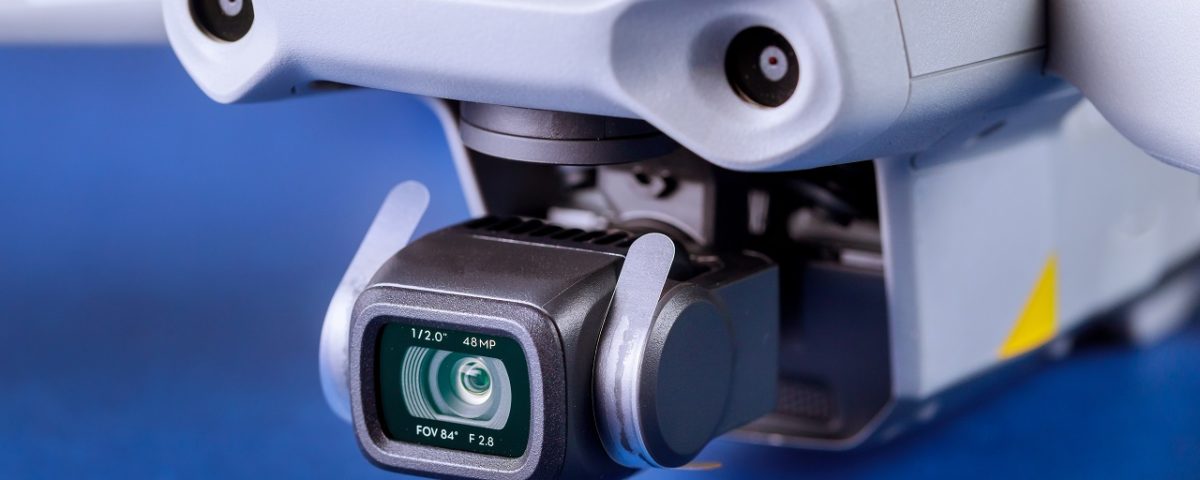Whether you’re buying, building, or upgrading your current drone, one of the absolute musts for any would be hobbyist or racer is a solid “First Person View” or FPV camera.
Let’s say you’re a video game enthusiast (which we are), you wouldn’t play games through the color tube TV at your grandparents house – would you!? You’d get the biggest, baddest, highest res monitor on the market. Same goes with FPV cameras. Best part is: you don’t have to go broke buying a descent model.
Good FPV cameras are, in general, lightweight, small, and won’t cost you a fortune. However, that does not mean you should just go and get one without research.. With this post, we’ll help you choose which FPV drone camera to buy depending on your preference and needs.
Reasons To Use A Dedicated FPV Camera
If your drone already has an HD camera on it, you may wonder whether you’d really need a dedicated FPV camera or just use that. Sure you can use the HD camera to get a live video feed. This is what aerial photography drones are usually designed for. In this way, you’d get to see what is within the frame before actually recording it.
However, there is a downside to such a method and that is latency issues. There is usually 100 to 200 ms latency, which is not really noticeable for general flight. However, for FPV racing drones, such delay can be lead to a costly mistake. If the racing drone is traveling at a speed of 50mph, the 100 ms delay would mean that the drone has already traveled about 1.7m before the video is received. With that, it is more likely for you to hit obstacles.
A dedicated FPV camera prevents such risk by having lower latency. The usual latency of FPV systems is at an average of 40ms. If you want to have better control over your drone while racing having a dedicated FPV racing camera is your best bet. Here are some things to consider when selecting an FPV camera for your drone.
FPV Cameras In 3D
3D FPV cameras are available in the market. Their main difference with other FPV cameras is that they actually consist of two FPV cameras that are next to each other. This provides the 3D effect during the flight. Many FPV racing enthusiasts like this better because it provides a better view and it adds to the experience of actually flying.
CCD VS CMOS Image Sensor
One of the main factors that would affect the performance of your FPV camera is the image sensor fitted into it. Usually, FPV cameras have either a CCD or a CMOS sensor. Some prefer those with the CCD sensor because the quality of the image is better but there are also those who prefer the more affordable CMOS camera for their affordability.
As an FPV racing enthusiast, we understand that there is a risk of crashing or damaging the FPV drone. That is why for this application, some would prefer the more affordable CMOS cameras. When it comes to performance, they are good enough. Additionally, many also love them because they are lighter and are less demanding when it comes to power consumption.
Even if most FPV racers prefer CMOS cameras, you can still choose to use a CCD camera. The quality of the image in this kind of camera is far better because of the global shutter, which captures the whole image at the same time. On the other hand, CMOS cameras have a rolling shutter, which captures the image by pixel from top to bottom.
The global shutter of the CCD camera comes in handy when your drone has vibrations. Even with it, the image would still be clear for the CCD cameras but a jelly-like effect would be produced for those that have the CMOS camera. Also, CCD cameras work great even in very dark or very bright conditions.
The Resolution
The quality of the image you see will also depend on the resolution of the camera. Usually, TVL resolution is measured to figure out which is better. The higher the TVL resolution, the better the image. However, the quality of the image you’d see would also depend on the resolution of the goggles or monitor you are using. Even if your camera can send high-resolution images it still wouldn’t look great if you have FPV goggles that have VGA resolution, around 800 x 480. Also, you should consider the bandwidth of the FPV transmitter. If you are sending higher resolution images, more bandwidth is also needed.
Field Of View
Another thing to look into when selecting an FPV camera is the field of view. This is usually in angles but it isn’t usually indicated. What is usually provided is the focal length of the lenses. Usually, a 6mm lens has about a 78-degree field of view while a 1.22 mm lens has a 185-degree field of view.
Dynamic Range
This factor affects the ability of the camera to record details when in a very bright or very dark area. A high dynamic range is preferred as this will help you see the details. If the camera has a low dynamic range, you’d see fewer details in the dark as it focuses more on the horizon. A way to make the image more visible is to tilt the camera slightly downwards so that the exposure is adjusted.
IR Cut Filter
Most of the cameras already have a built-in IR cut filter. This blocks out infrared light so that the image doesn’t look washed out. This produces a brighter image with more vivid color. However, in some cases, IR sensitive cameras also come in handy. During dusk or dawn, when there is low light, IR sensitive cameras can let you see better.


